If you came to this article, then you’re asking yourself: what’s the use of an air purifier and why do I need one? Below we will try to figure it out, but first, to avoid confusion, we’ll define what kinds of air purifiers there are.
Types of air purifiers
Air purifiers can be classified in many ways. Most often they are grouped according to the filters used, but we decided to divide much more practical from the point of view of the user. We can divide the devices into:
- Air purifiers for smog
- Air purifiers with humidification function
- Air purifiers for people with allergies
- Air purifiers with air ionization function – air ionizers
Air purifier for allergy sufferers
Runny nose, sneezing, red, inflamed eyes, and upper respiratory tract irritation. Are these symptoms familiar to you? If so, you or a loved one is probably suffering from inhalation allergies.
Inhalation allergies are a condition caused by airborne contaminants. The most common allergens include dust, pollen, animal hair, mites and fungal spores.
How do you deal with allergens and relieve yourself of symptoms for a while? Traditionally, all items that can be a source of allergens should be removed from the home. Avoid carpets, curtains and drapes, and vacuum frequently (preferably with a HEPA filter). Among modern methods of neutralizing allergens, using an air purifier with a filter is the most effective.
IMPORTANT: When buying an air purifier for an allergy sufferer, pay attention to the presence of a built-in HEPA filter and how long the air purifier should run.

Smog air cleaner
Smog is one of the most dangerous forms of air pollution. Smog contains many dangerous agents, including PM2.5 and PM10 particulate matter. These ultrafine particles, no more than 2.5 and 10 micrometers in size, respectively, are very toxic to the body. Inhaling them can cause many diseases, including asthma, cardiac arrhythmias, chronic bronchitis, circulatory problems, respiratory failure, fetal growth retardation and even stroke.
Unfortunately, poor air quality is a problem that affects almost all of our country. According to a study published by Ipsos, almost half of Poles consider air pollution an extremely important environmental problem. Globally, air pollution ranks second among global problems.
To protect ourselves from the negative effects of smog, it pays to clean the air around us. Filter-cleaners quickly and safely remove harmful substances from the rooms in which we live. The excellent absorption properties of the filters (HEPA and charcoal) used in purifiers help achieve almost crystal-clear air. The efficiency of the filter-purifiers reaches 99.97% – which is an undeniable benefit of an air purifier.

Air purifier for children
The human brain and immune system are best formed in a good, pollution-free environment. Young children’s immune systems are not yet developed, so it is important to provide the right conditions for their development. Children who breathe dirty air are more susceptible to infections and are at risk for respiratory disease, cerebral hypoxia and allergies. That’s why the microclimate in the room where your child spends the most time is so important. Clean air is the source of proper development for the little ones.
There are many types of air purifiers on the market. Some of them, which are very quiet, can be specially designed for children’s rooms. When choosing an air purifier for your child, check to see if it has an ionization feature. This option helps neutralize pollutants such as viruses, allergens, mold, fungal spores and other very small pollutants.

Cleaning the air from cigarette smoke
It is well known that cigarette smoke is bad for your health. Not only the smoke inhaled directly into the lungs by the smoker, but also the smoke exhaled by the smoker (called base smoke). According to studies, secondhand smokers can absorb up to 4,000 substances in smoke. At least 60 of these are carcinogens. Another 6, including nicotine and carbon monoxide, are compounds that negatively affect cell growth. In 1993, the U.S. Environmental Protection Agency listed tobacco smoke as one of the most dangerous carcinogens.
That’s why it’s so important to eliminate it from the environment. Cigarette smoke is handled very effectively by air purifiers equipped with HEPA or charcoal filters. Active carbon and HEPA have exceptional absorption properties and effectively remove the most dangerous substances from the air, including those found in the mainstream smoke.

Air purifier with humidifying function
If the air we breathe in the house or apartment is too dry, it can cause a number of unpleasant sensations. Mostly from the respiratory system, but also skin problems and dry mucous membranes. A person feels best in rooms where the humidity is between 40-60%. Adequate air humidity is especially important during illness or while sleeping.
Humidifying the air is especially important in winter, when radiators or fireplaces deprive the air of moisture. Adequate humidity levels make breathing easier and make sleeping more comfortable.
We can humidify the air in a variety of ways, from traditional ones such as a wet towel placed on a hot radiator, to natural ones such as plants surrounded by aloe, ficus or ivy, and mechanical humidifiers. Depending on our needs, we can purchase steam, ultrasonic and evaporative humidifiers. Modern technology combines humidifiers with air purification capabilities.
A purifier and humidifier is commonly referred to as a “2-in-1”. Two functions hidden in one device can save space and minimize energy costs. However, when using it, you must remember to check the water level (on some models) regularly. In most cases, the humidification function can be turned off with a button located on the display.
It is worth remembering that not only too low, but also too high humidity can be harmful for us. Too high humidity levels can contribute to the development of mold and fungus, which are dangerous to health.
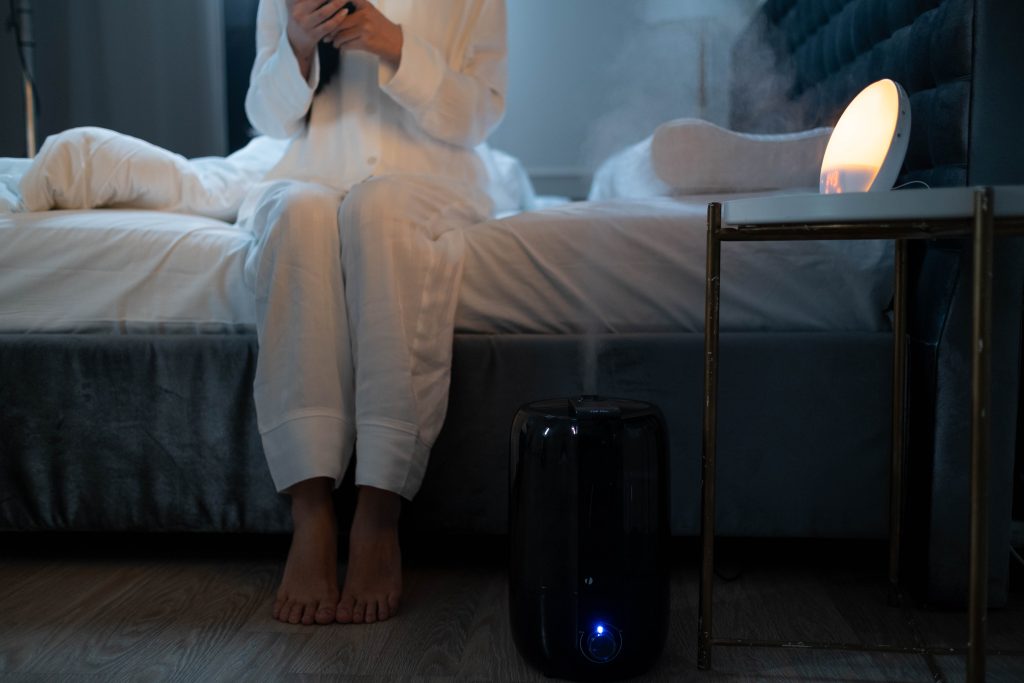
Animal hair air cleaner
Almost everyone who has a pet struggles with the same problem – hair on the floor, sofas, chairs and furniture. Unfortunately, hair is quite a difficult material to clean. Manual cleaning is monotonous and time consuming. Despite our best efforts, the problem of flying hair in the air quickly returns. For pet owners, this is a rather unpleasant part of everyday life.
An air purifier can be an effective solution. The pre-filter handles hair by picking up particles as small as 200 microns (0.2 mm), so it also handles larger household contaminants well. The dirty air intake cover effectively catches hair, hair and exfoliated skin, while the built-in filters remove unwanted pet odors.

Virus Air Purifier
The presence of bacteria and viruses in the air is inevitable. Each of us encounters them every day, unknowingly carrying them around. We bring virus particles into our homes, for example, on the surfaces of our jackets, shopping nets or bags. While in the case of bacteria we can talk about good and bad bacteria, viruses belong only to the second group.
Viruses are microscopic organisms that, upon entering the body, attach themselves to healthy cells, causing them to multiply. The result is a viral infection. It is dangerous because it is resistant to antibiotics and medications. The symptoms of the infection can be relieved, but the virus itself must be overcome individually.
Can you protect yourself from viruses? To some extent, yes. One way to remove viruses from the environment is to use air purifiers. The most effective in this case are air purifiers with a built-in HEPA H14 top class filter. The H14 class filtration efficiency, according to research, is 99.995%, which means that out of 100,000 particles that enter the filter, only 5 are able to pass through to the other side.
In this era of the global SARS-CoV-2 virus pandemic, many of us are probably wondering: can an air purifier capture coronaviruses? Theoretically, yes.
For example, a single particle of the SARS-CoV-2 coronavirus (which causes the acute respiratory infectious disease COVID-19) reaches a size of 0.12 to 0.16 micrometers, while HEPA H14 filters can block particles between 0.1 and 0.2 micrometers. This means that air purifiers equipped with the appropriate filters are capable of trapping SARS-CoV-2 viruses from the air.
NOTE: Using an air purifier does not guarantee that you will not contract SARS-CoV-2, but it can significantly reduce the risk of spreading the virus in the environment. Combined with taking the recommended precautions and following certain hygiene practices, you can significantly reduce your risk of contracting the disease.
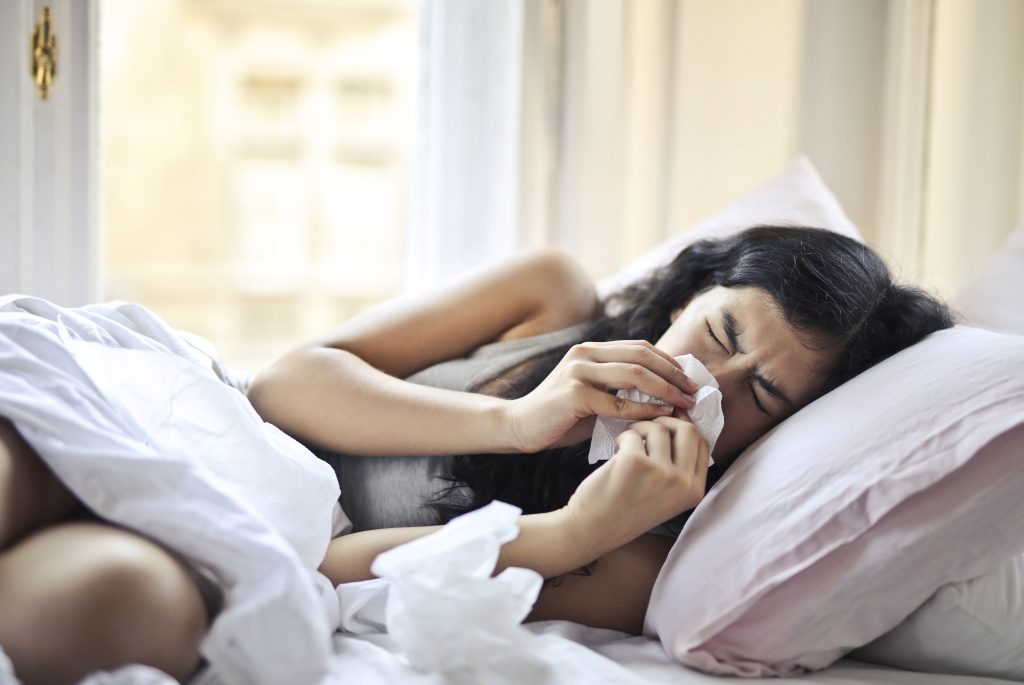
Air purifier from mites
Shortness of breath, conjunctival redness, runny nose, sneezing, itchy nose, hoarseness or coughing, headaches, watery eyes, redness of the skin are typical symptoms of allergy to house dust mites. More specifically, an allergy to its droppings.
Mites live on clothing, furniture and flowers. They also live in mattresses, bedding and blankets. Because they are invisible to the eye, controlling them is often very difficult. Up to 100,000 mites can live in 1 gram of dust!
In addition to the usual measures in case of allergies, such as frequent airing, daily cleaning, not overheating the room and avoiding carpets, additional measures can be taken.
Modern air purifiers equipped with HEPA filters effectively absorb dust mites, purifying the air almost 100%. The clean air blown out by the cleaner is the perfect antidote to debilitating allergy symptoms. Not reacting to dust mite allergies is a risk of developing bronchial asthma.
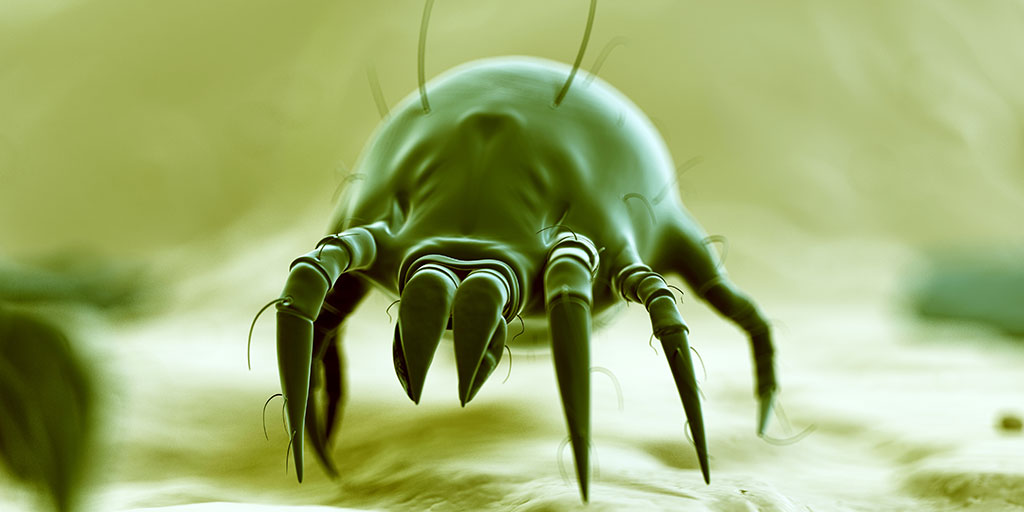
Air purifier – is it worth it?
Given the huge number of applications for air purifiers, it is worth remembering that it is a device for year-round use. Modern models of purifiers not only remove pollutants, but also humidify and ionize the air, act as an air conditioner, help get rid of allergens and unpleasant odors, and additionally perform a preventive function against viruses. Therefore, these devices are extremely useful in everyday life.
Purified air is good for both mental and physical health. Regular cleaning can be an antidote to inhalation allergies, breathing problems, hair flying in the air and the toxic properties of cigarette smoke. With a cleaner, you will rid your home of smog, unpleasant odors, fugitive gases, bacteria, viruses and fungi. You will provide your child with an excellent environment for psychological development and eliminate factors that cause allergies (such as dust mites).
And if you’re still in doubt, do you need an air purifier?
Or are you looking for a fairly versatile device, for many purposes: take a look at our air purifiers:
https://aeno.com/category/air-treatment
Our air purifiers are super versatile!
They can help you solve almost all of the problems listed above.
Want to BUY this product?
Check out retailer list for your country.
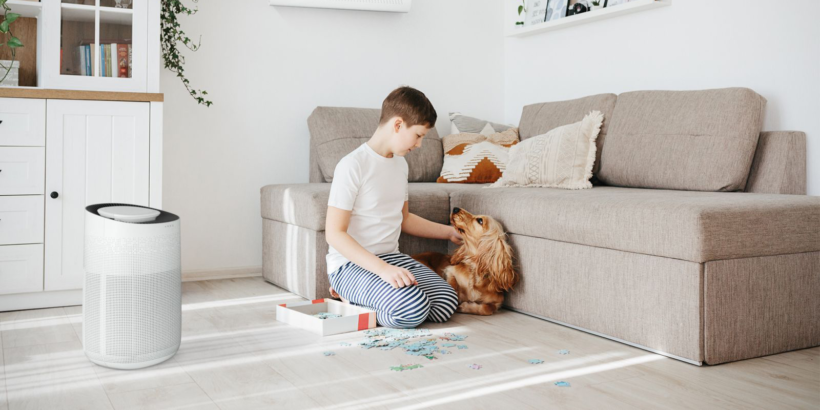

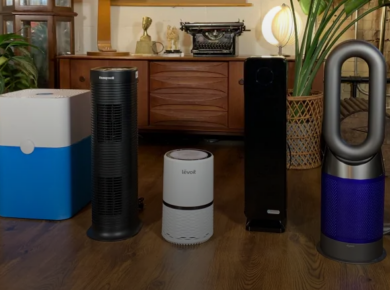
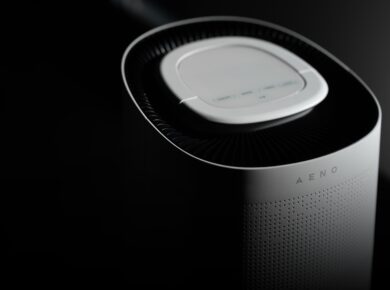
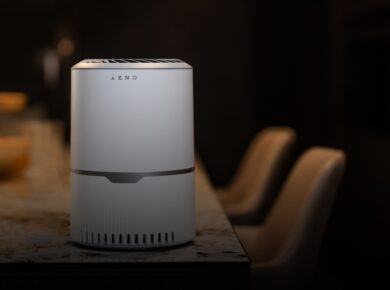
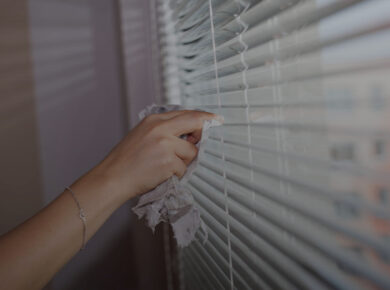


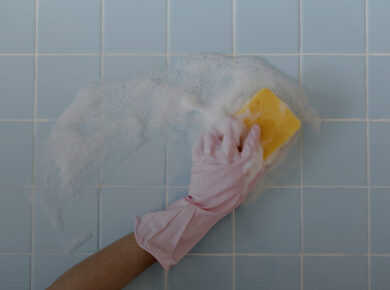
3 comments
It got me when you said that mites can also live on our clothing, furniture, and flowers as well as mattresses, beddings, and blankets, and they are actually invisible to the eye which makes it difficult to control them. it just made me more conscious about living in my home, especially now that I have a pet. So I should probably invest in an appliance that I can use to protect myself and my family
An air purifier is essential for improving indoor air quality by removing pollutants, allergens, and harmful particles. It helps reduce respiratory issues, promotes better sleep, and creates a healthier living environment, especially for those with allergies or asthma.
Great insights on the importance of air purifiers! They truly help in maintaining cleaner indoor air and improving overall health. Understanding filter ratings like MERV 8 vs MERV 10 is crucial in selecting the right purifier for your needs. MERV 10 offers higher filtration for smaller particles, which can be a better option for households with allergies. Thanks for sharing!